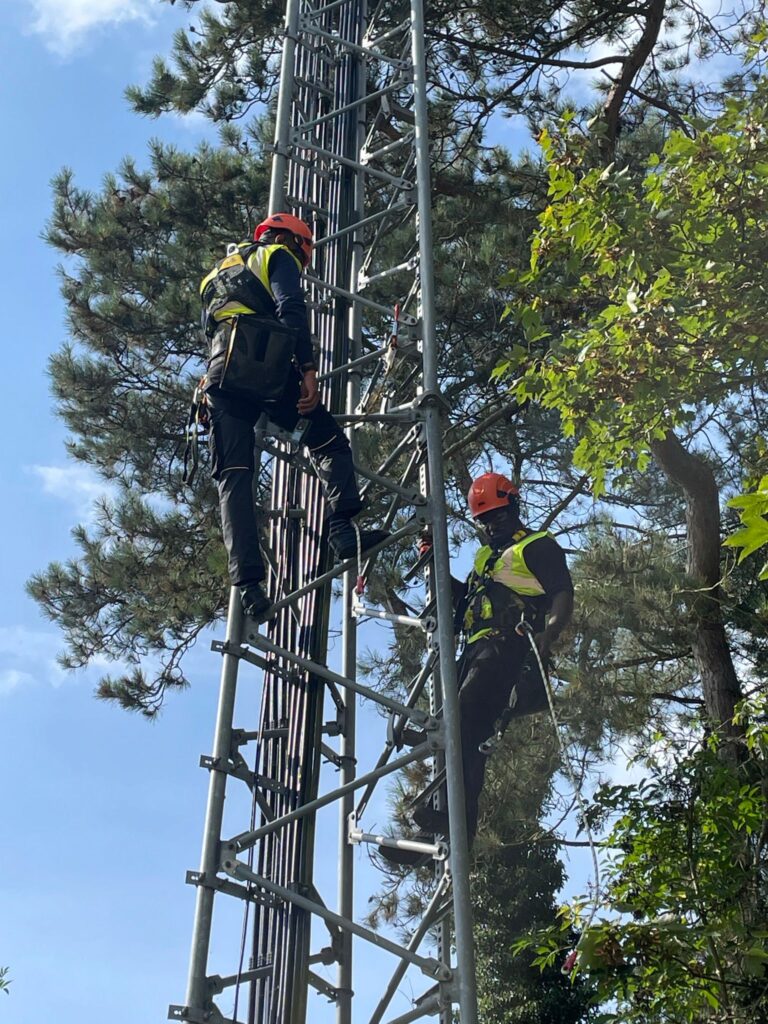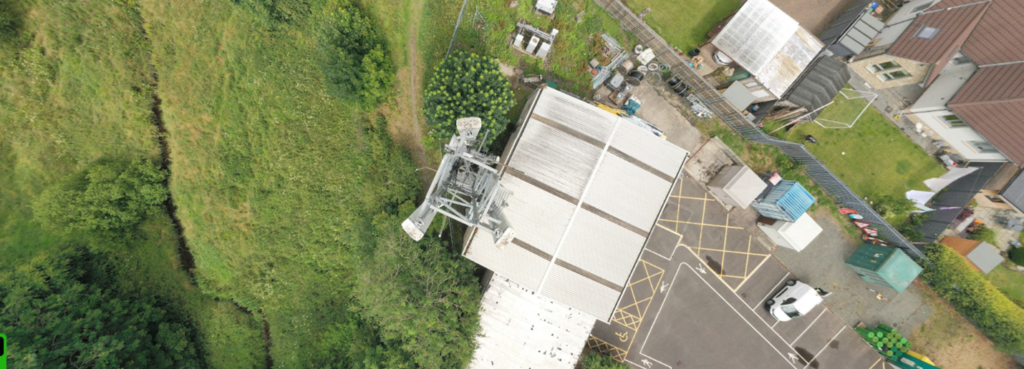A common pitfall in telecoms structural design is to solely consider the proposed structure from the viewpoint of the ancillary (antennas/dishes) operability. This is natural, after all, functioning ancillaries are what make money. However, it is very important to not forget the human element. These ancillaries must be installed/rigged by real people who need to return home safely.
A rigger anchoring to a piece of telecom steelwork effectively puts their lives in the hands of the structural designer. This responsibility should not be taken lightly. Accidental loads in all their various forms must be carefully considered throughout the design phase. Engineers can uphold their ethical responsibility and help to create a safer working environment for employees who construct and maintain these essential telecommunications facilities by prioritising safety during the design phase.
At KAEG, safety is part of our core values, it is a philosophy that underpins everything we do. Our structural teams have real site/ climb experience which allows us to put ourselves in the rigger’s position so we can even sense check “attractive nuisance” steelwork that the rigger is not “supposed” to anchor to.
Stay safe out there and reach out to our expert team at: info@ka-engroup.com to see how we can best serve your needs.



